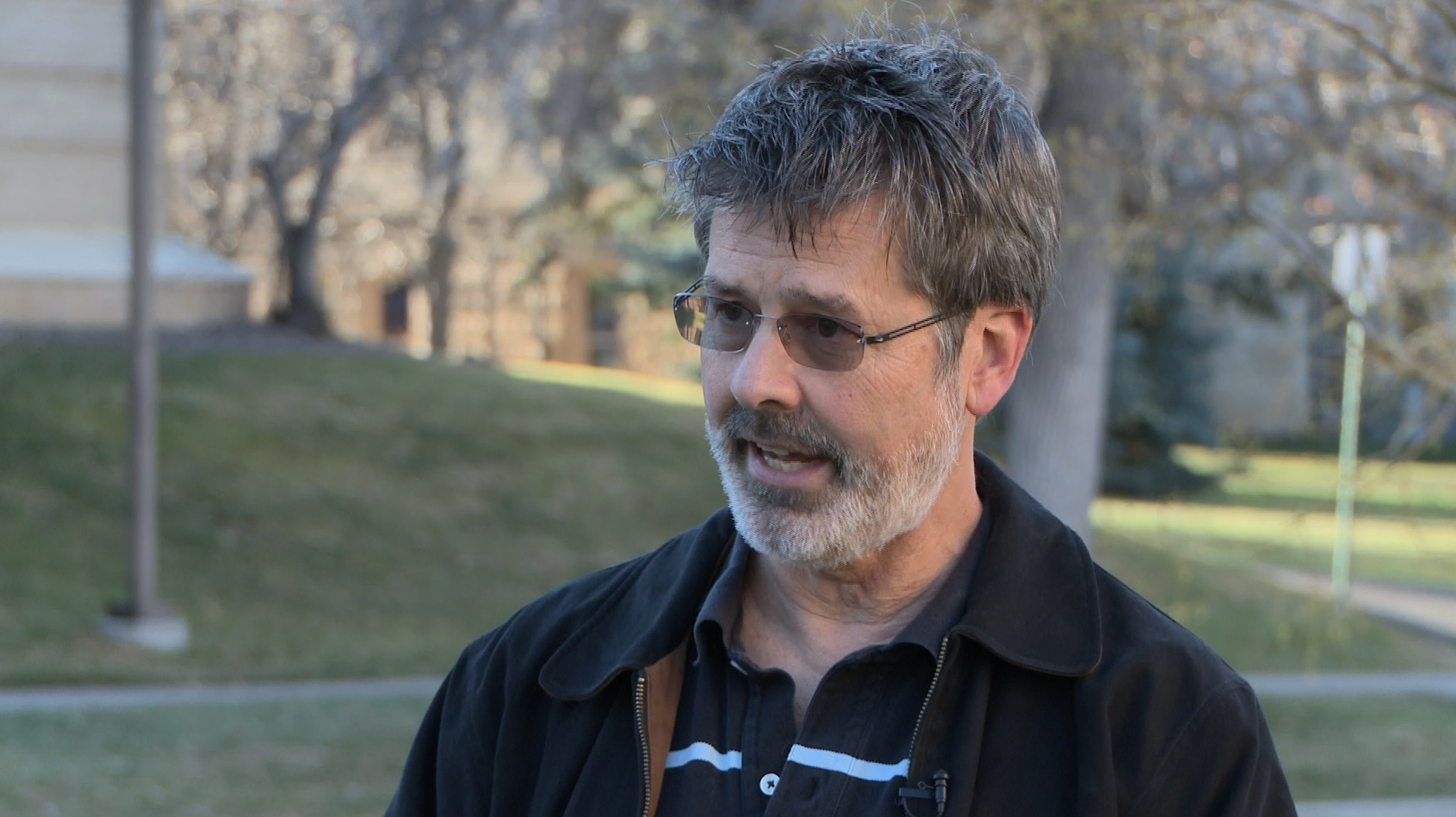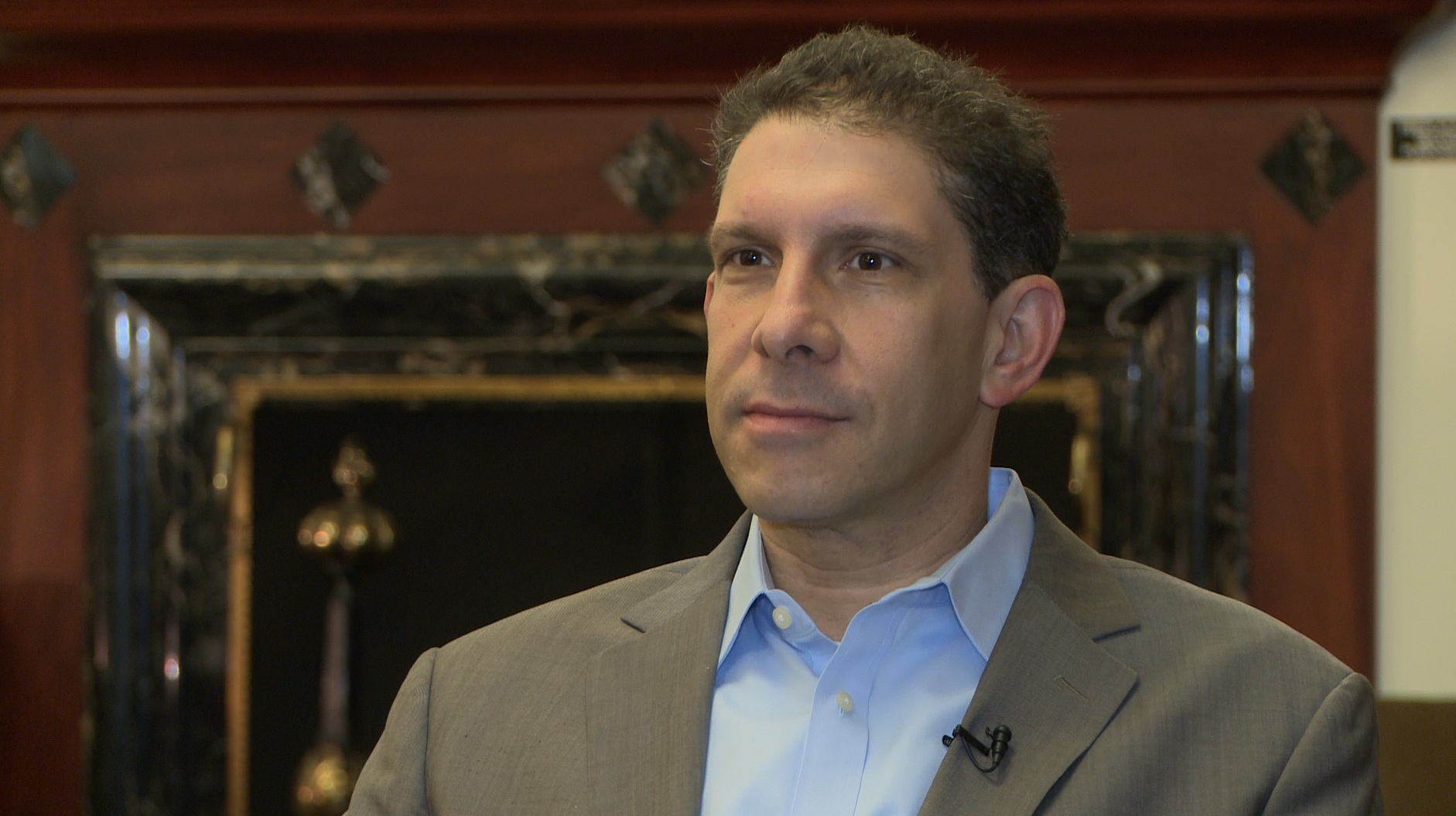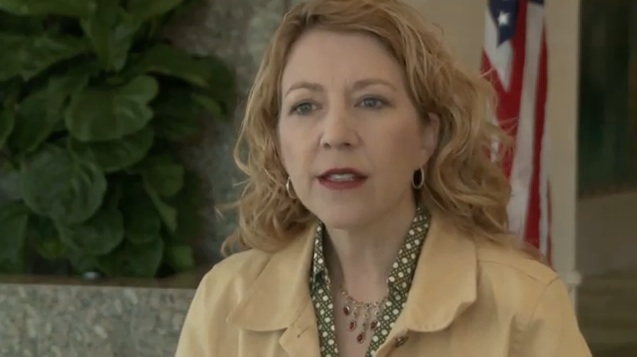Interview lighting in a hurry
 Monday, November 26, 2012 in
Monday, November 26, 2012 in  Journalism,
Journalism,  Television,
Television,  Videography
Videography When you're on a tight deadline and need to conduct several interviews quickly, the temptation is sometimes there to get rolling and pay very little attention to how your shooting looks. But if you have just five minutes to think you can often cut a few corners and still make your interviews look rather nice.
Here's how I do it:
1) If lighting and weather allow, why not shoot your interviews outside? Finding a shady spot with a shady background will allow you to record an acceptable looking interview without the need to use a reflector or any lighting at all. If the sun is in the right place, you can use that natural night as spill for the background, or even to cast a warming glow onto your subject's face. I've tried to achieve both effects in the shot below.
2) If you can't do your interview outdoors, or it doesn't make sense editorially, then you have several indoor options that will speed things up for you. Try to use natural light to your advantage.
If the layout of the room allows, face your interviewee straight on towards a window. You can often adjust the lighting using blinds, so long as they don't cast a shadow.
3) You can use natural light from windows to help you in other ways, for example, to cast some light onto the shoulder or hair. But most importantly, don't allow it to cause ugly shadows on your subject's face.
4) If you find you have no natural light to work with, try to use the ceiling or other lights already in the room. Lights that you can dim are particularly good for creating a nice looking background.
5) Overhead lights do not help you very much with lighting the face. 
In the shot above, the only light I have used is a camera-top LED panel. I've used overheads to light the background, and a small spotlight to create the glint on the fireplace. All in all, it took about 10 minutes from arriving at the interview location to rolling.
When you're running and gunning you will often have very little time to perfect the lighting on an interview. And the examples I have given above are far from perfect, but the techniques I've tried to outline usually help me get a decent, broadcastable result.

